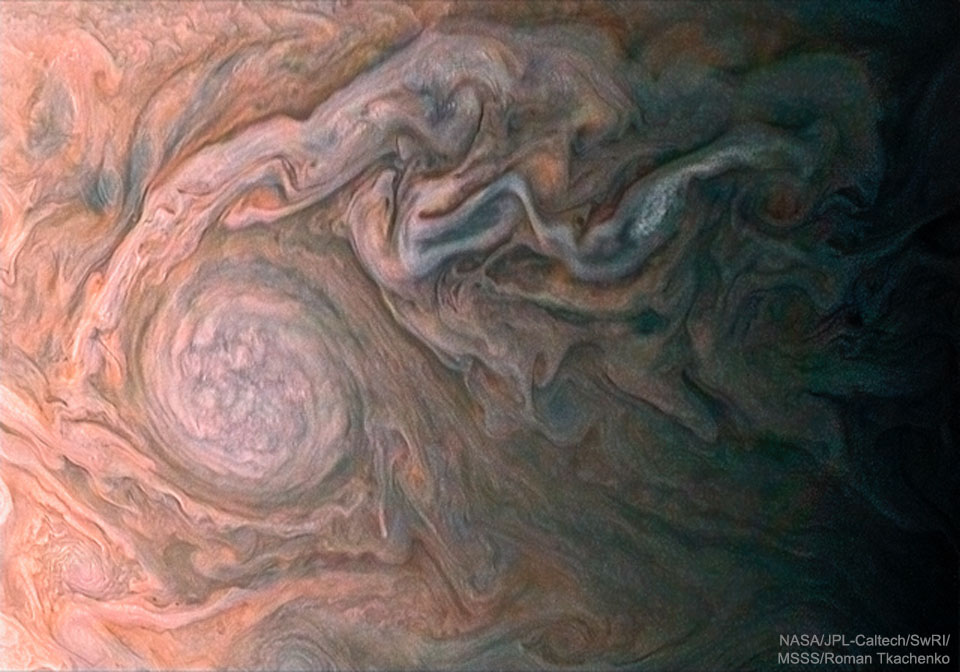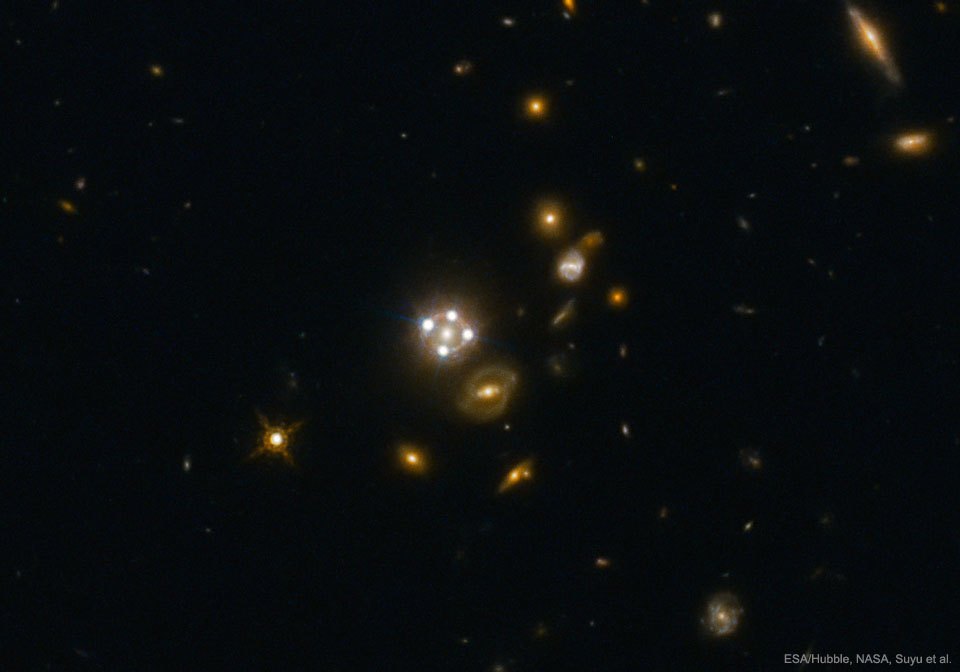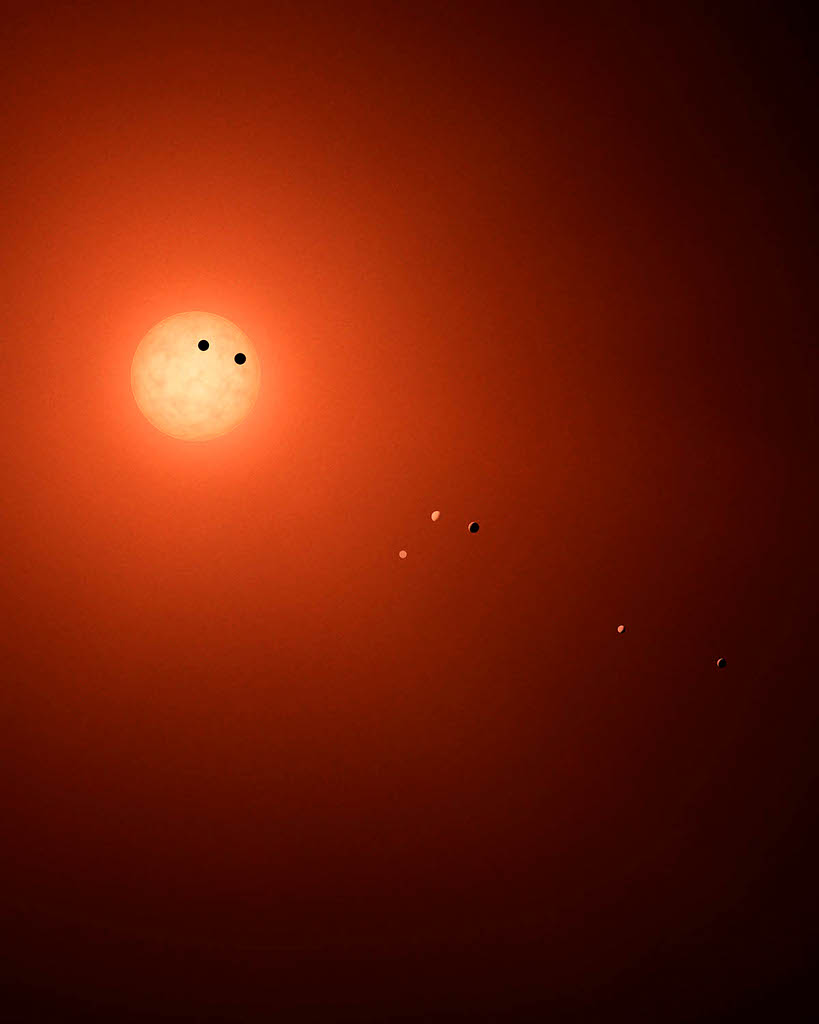 All Planets Panorama
All Planets Panorama
Image Credit & Copyright: Tunç Tezel (TWAN)
Explanation: For 360 degrees, a view along the plane of the ecliptic is captured in this remarkable panorama, with seven planets in a starry sky. The mosaic was constructed using images taken during January 24-26, from Nacpan Beach, El Nido in Palawan, Philippines. It covers the eastern horizon (left) in dark early morning hours and the western horizon in evening skies. While the ecliptic
runs along the middle traced by a faint band of
zodiacal light, the Milky Way also cuts at angles through the frame. Clouds and the Moon join fleeting planet Mercury in the east. Yellowish Saturn, bright star Antares, and Jupiter lie near the ecliptic farther right.
Hugging the ecliptic near center are Leo's alpha star Regulus and star cluster M44. The evening planets gathered along the ecliptic above the western horizon, are faint Uranus, ruddy Mars, brilliant Venus, and even fainter Neptune. A well labeled version of the panorama can be viewed by sliding your cursor over the picture, or just
following this link.






